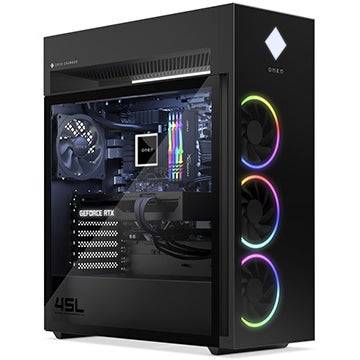On Wednesday morning, Apple unveiled the iPhone 16e, which now stands as the most affordable option in their current lineup. This new model replaces the 2022 iPhone SE as the entry-level choice, though it marks a departure from the significant price reduction the SE series was known for. Priced at $599, the iPhone 16e narrows the price gap with the $799 iPhone 16 released last fall. Pre-orders begin on Friday, Feb. 21, and the phone will hit the stores on Friday, Feb. 28.
The iPhone 16e is the first to feature Apple's C1 cellular modem. Apple has achieved great success with its in-house chips, such as the M1 series in its computers and the A-series chips in its mobile devices. The cellular modem is a crucial component often overlooked, and a misstep with the C1 could lead to connectivity issues. Hopefully, Apple has learned from the "Antennagate" scandal, where the iPhone 4 faced cell signal problems due to antenna design, and has ensured robust connectivity for the iPhone 16e.
iPhone 16e
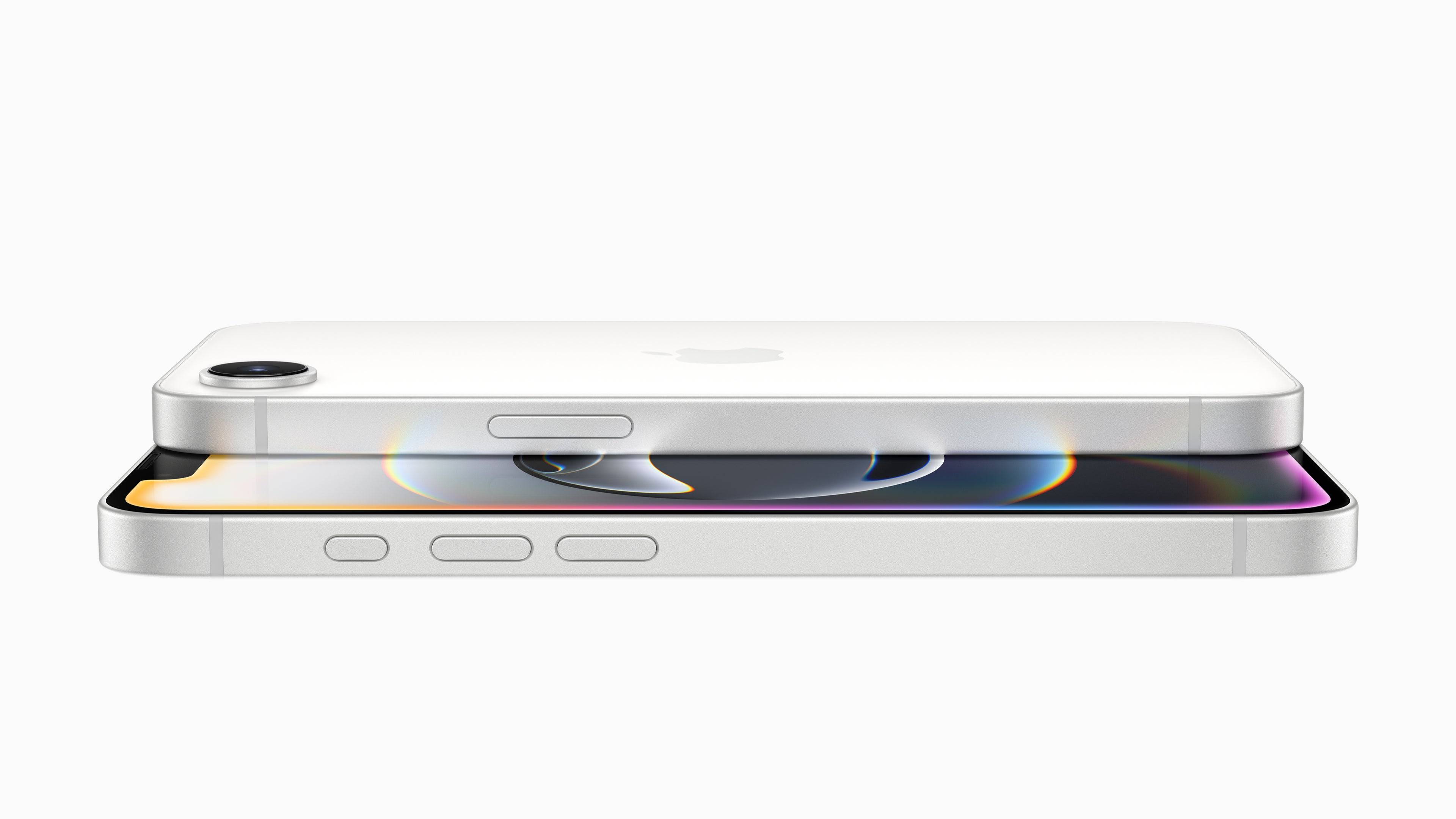
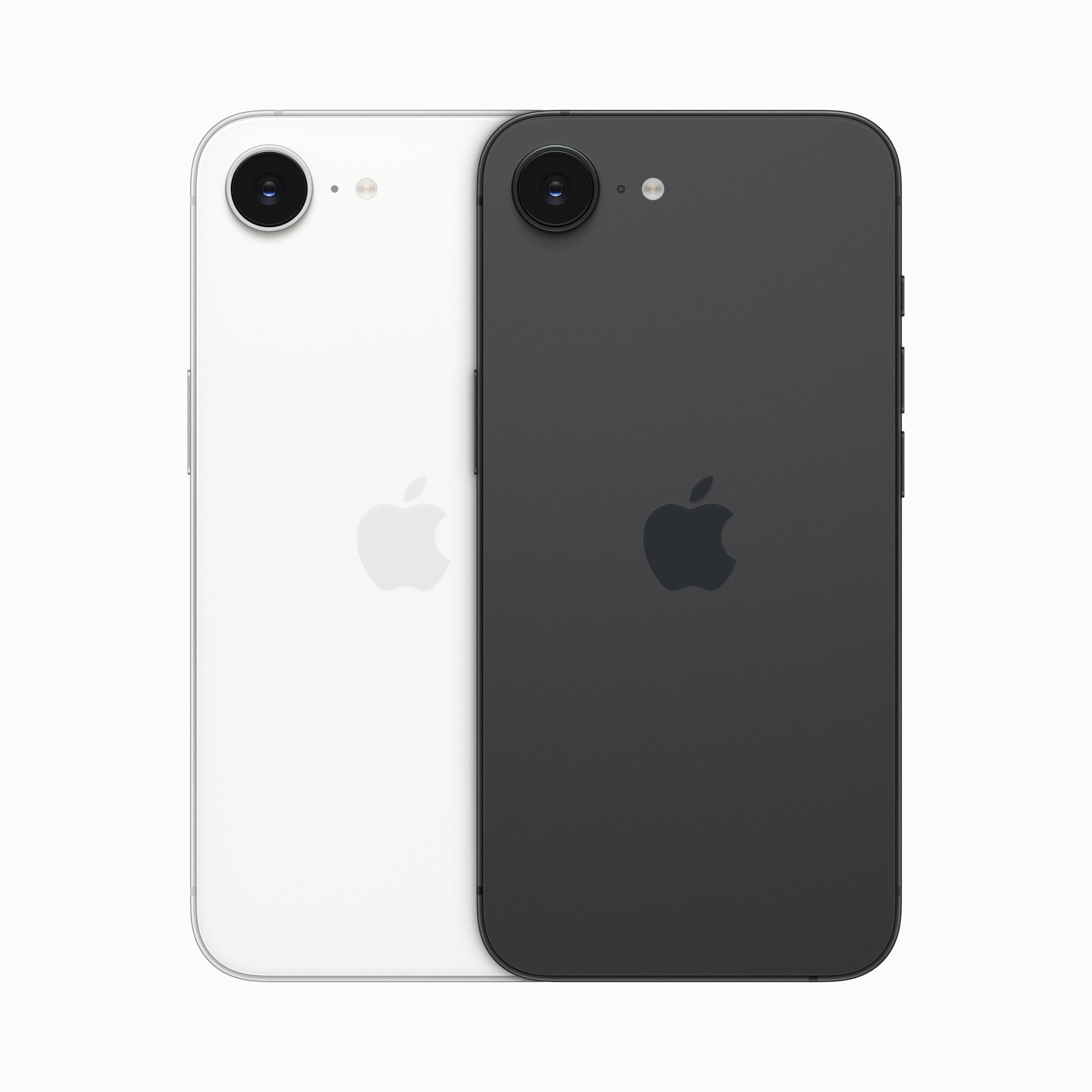 4 Images
4 Images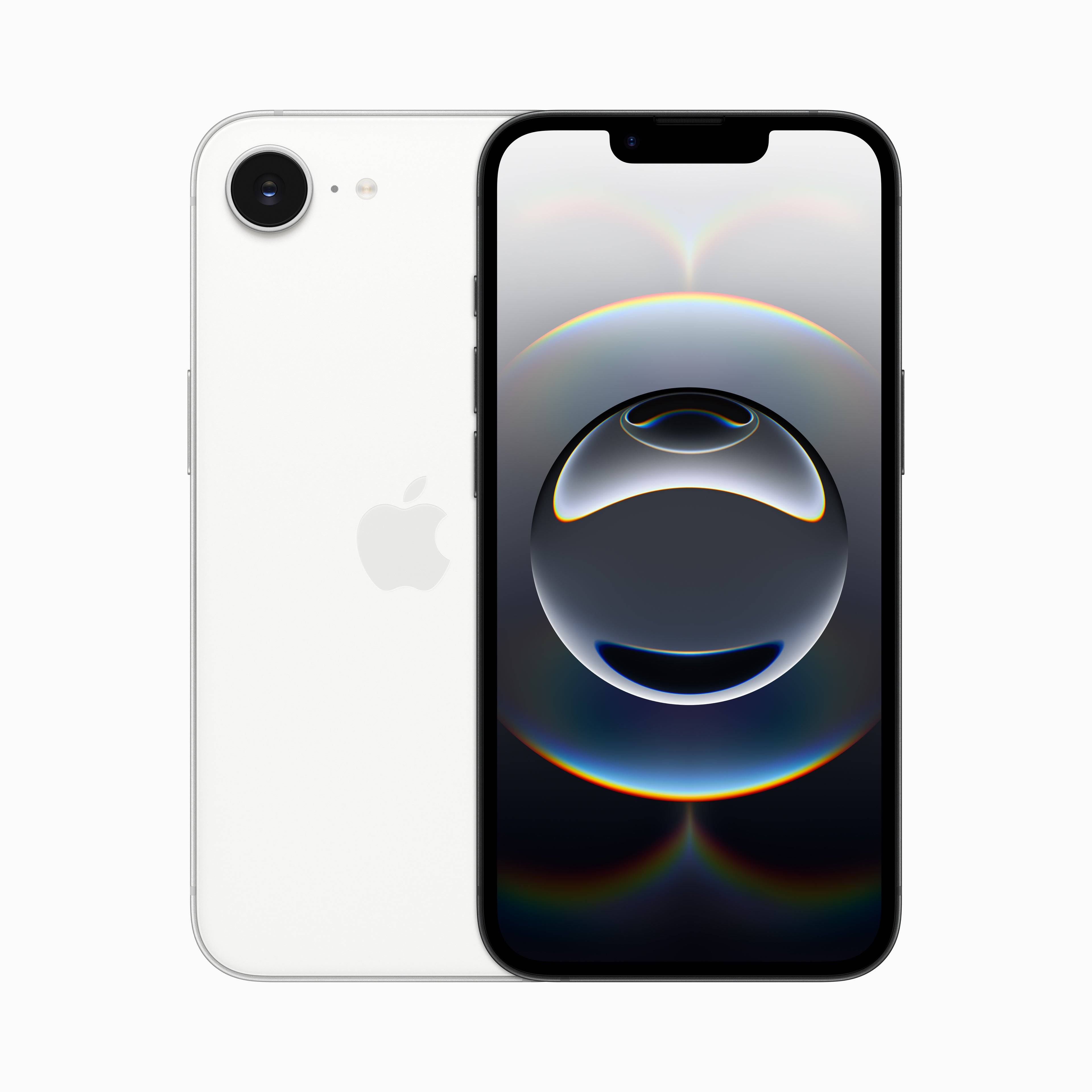
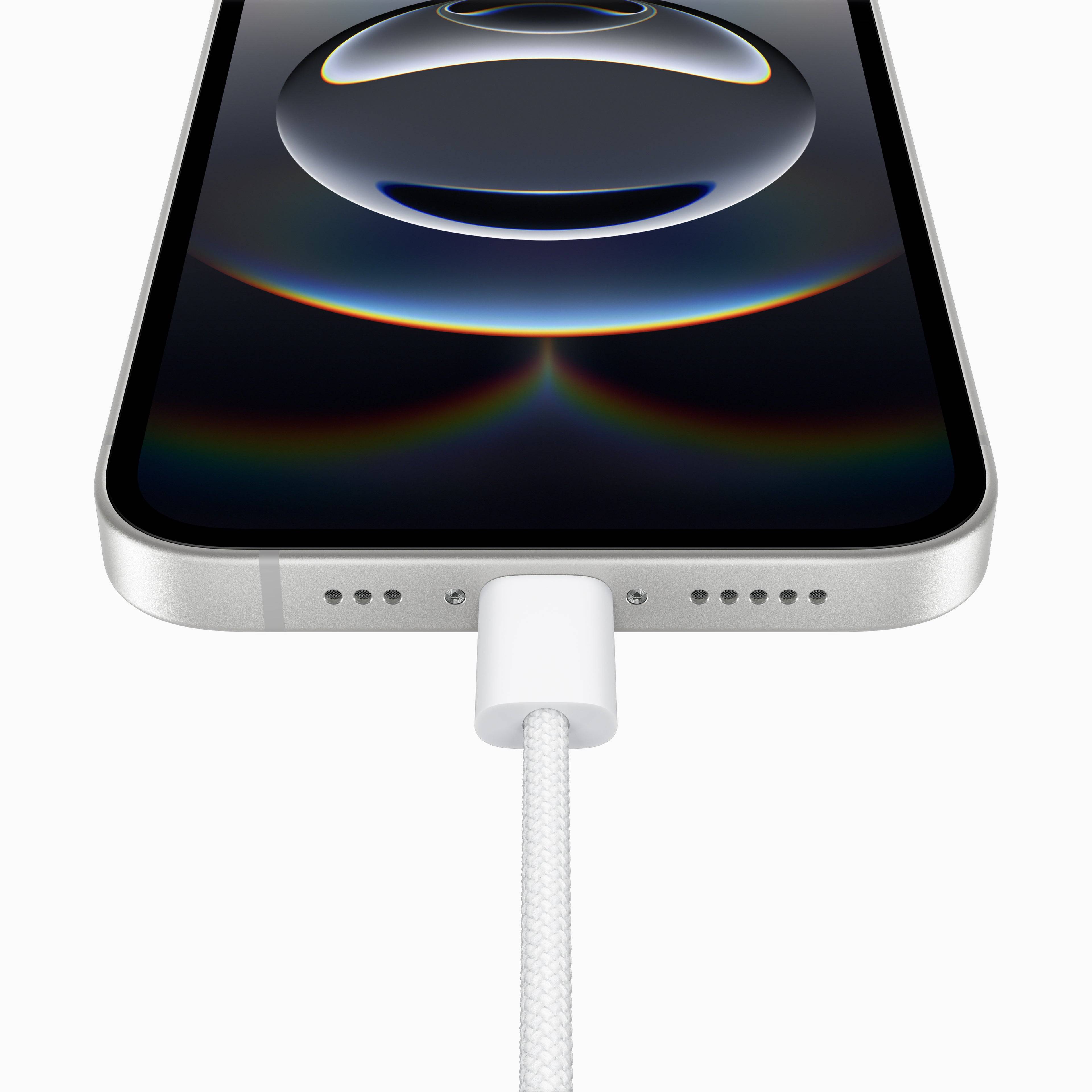
From the front, the iPhone 16e looks nearly identical to the iPhone 14. It features a 6.1-inch OLED display with a 2532x1170 resolution and a peak brightness of 1,200 nits. While these specs are not as impressive as those of the iPhone 16, the iPhone 16e does include the Action button and a USB-C port, though it misses out on the Camera Control feature.
On the back, the iPhone 16e distinguishes itself with a single 48MP camera, akin to the iPhone SE. This camera shares many traits with the iPhone 16's main camera but lacks features like sensor-shift stabilization, the latest Photographic styles, and adjustable focus in portrait mode, which are reserved for the higher-end model. The selfie camera, however, is identical and includes Face ID.
The iPhone 16e is encased in aluminum with a glass back and Apple's Ceramic Shield on the front. While Apple touts Ceramic Shield as "tougher than any smartphone glass" in its press release, it's worth noting that a newer version claims to be "two times tougher." This raises questions about the durability of the older Ceramic Shield, especially considering the wear I observed on the iPhone 16's display during my review.
The internal components highlight Apple's product stratification strategy. The iPhone 16e comes with an "A18" chip similar to the iPhone 16 but with a 4-core GPU instead of the 5-core GPU found in the iPhone 16. This suggests a performance step down from the iPhone 16, though the presence of the Neural Engine ensures access to Apple Intelligence features.
The iPhone 16e, priced at $599, represents a compromise to achieve a lower cost than Apple's other phones. While not overly compromised, it doesn't offer the same level of discount as the early iPhone SE models. The 2022 iPhone SE launched at $429 with the same chip as the $799 iPhone 13, despite its outdated design. The iPhone 16e, based on a more recent design with minor yearly updates since 2018, comes with a smaller discount.
The real-world performance of the iPhone 16e remains to be seen. With compelling alternatives like the OnePlus 13R available around $600 in the Android market, Apple may struggle to attract buyers outside its existing ecosystem.




